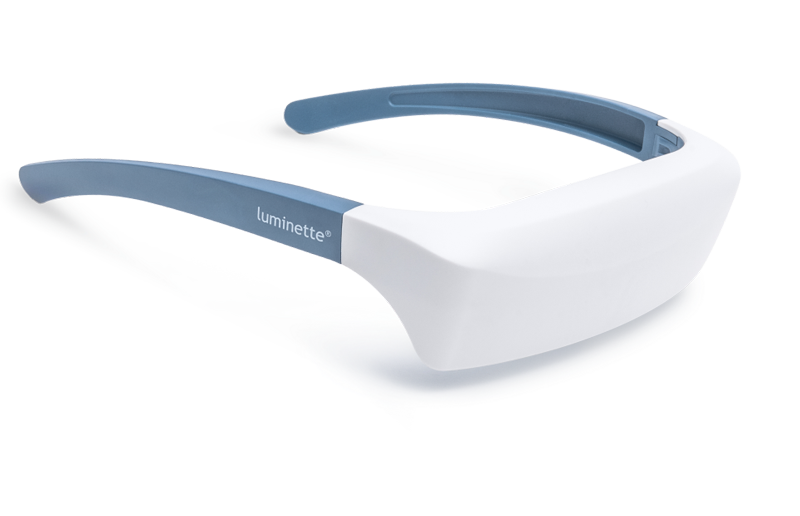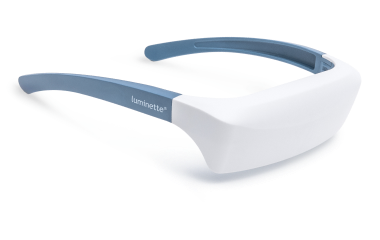Chronobiology muliggjør studiet av kroppens oppførsel. Frem til 2002 kunne vi bare skille mellom to typer fotoreseptorer i øyet—kjegler (ansvarlige for syn om natten) og staver (ansvarlige for syn om dagen). I 2002 gjorde forskere en oppdagelse som muliggjorde utvidelsen av praksisfeltet for lysterapien: faktisk finnes det en tredje type fotoreseptor, denne gangen ikke-visuell. Også kjent som ganglion pigmentceller, er disse fotoreseptorene involvert i reguleringen av døgnrytmer gjennom lysets effekt.
Lys er mye mer enn bare det vi stoler på for å se verden rundt oss. Det spiller en avgjørende rolle i utallige biologiske prosesser som styrer vår velvære. Fra å regulere våre søvn-våken-sykluser til å påvirke humør og energinivå, samhandler lys med kroppene våre på dype måter. Dette blogginnlegget utforsker den mangefasetterte rollen lys spiller på kroppen, guidet av innsikter og eksempler tilpasset helseentusiaster, velvære-søkere og medisinske fagfolk.
Mekanismen for lysets effekt består av forskjellige stadier
Lysgjennomtrengning: Lys kommer inn i øyet og aktiverer de spesialiserte ganglion-pigmentcellene i netthinnen. Disse cellene er følsomme for endringer i lysintensitet og er avgjørende for å regulere kroppens respons på lys.
Signaltransformasjon: Fotoreseptorene i øyet, som inkluderer staver og tapper, omdanner det innkommende visuelle signalet til et elektrisk signal. Denne prosessen er essensiell for å overføre informasjon om lys til hjernen. Det elektriske signalet blir deretter sendt gjennom synsnerven, som fungerer som en kommunikasjonsvei, til vår biologiske klokkerregulator, kjent som den suprachiasmatiske kjernen (SCN).
Signalfortolkning og hormonell justering: Den suprachiasmatiske kjernen, som ligger i hypothalamus, tolker det elektriske signalet. Denne lille, men mektige delen av hjernen spiller en avgjørende rolle i å opprettholde våre daglige rytmer. Den kommuniserer med epifysen for å regulere hormonproduksjonen. Som et resultat justerer kjertelen utskillelsesnivåene av søvnhormonet melatonin og våkenhetshormoner som kortisol, serotonin og adrenalin. Disse hormonene hjelper til med å synkronisere vår søvn-våken-syklus med det ytre miljøet, noe som bidrar til generell helse og velvære.
De biologiske effektene av lys på kroppen
Kroppene våre har utviklet seg for å være i takt med de naturlige rytmene av lys og mørke. Den 24-timers syklusen, kjent som den cirkadiske rytmen, styrer mange fysiologiske prosesser som hormonfrigjøring, metabolisme og cellefornyelse. Lys er det primære signalet som stiller våre indre klokker til denne syklusen. Når vi utsettes for naturlig lys i løpet av dagen, signaliserer det til kroppen vår at vi skal være våkne og aktive. Når solen går ned, utløser svakere kunstig lys eller mørke produksjon av melatonin, som forbereder oss på søvn.
Hvordan lys påvirker den cirkadiske rytmen
Døgnrytmen er kroppens naturlige klokke, som styrer fysiologiske prosesser som skjer over en 24-timers syklus. Lys eksponering er en primær signal som hjelper til med å regulere denne indre klokken. Når lys kommer inn i øynene våre, signaliserer det hjernen om å justere kroppens funksjoner deretter. Morgenlys fremmer produksjon av serotonin, som øker humør og fokus, mens kveldsmørke utløser melatoninproduksjon, som forbereder oss på søvn.
Ulike typer lys påvirker vår døgnrytme på forskjellige måter. Naturlig sollys justerer vår indre klokke med dag-natt-syklusen, og fremmer synkroniserte kroppsfunksjoner. I kontrast kan overdreven eksponering for kunstig lys, spesielt blått lys fra skjermer, forstyrre denne rytmen, noe som fører til søvnforstyrrelser og relaterte helseproblemer. Å forstå hvordan lys eksponering påvirker døgnrytmen er nøkkelen til å opprettholde optimal helse og velvære.
Lysets rolle i regulering av søvn-våken-sykluser
Vår søvn-våken-syklus påvirkes sterkt av lys eksponering. I løpet av dagen hjelper eksponering for sterkt lys oss å holde oss våkne og årvåkne. Om natten signaliserer fravær av lys kroppen om å roe ned og forberede seg på søvn. Denne naturlige prosessen fungerer best når vi følger en regelmessig rutine, som tillater en jevn overgang mellom søvn- og våken tilstand.
Forstyrrelser i lys eksponering, som skiftarbeid eller uregelmessige søvnmønstre, kan føre til endrede søvn-våken-sykluser. Over tid kan disse forstyrrelsene bidra til søvnforstyrrelser som søvnløshet, noe som gjør det vanskelig å oppnå en avslappende søvn. Å innføre sunne lysvaner, som å få naturlig lys eksponering i løpet av dagen og minimere skjermtid før sengetid, kan hjelpe med å regulere disse syklusene og forbedre den generelle søvnkvaliteten.
Lysets effekt på hormonproduksjon (Melatonin og Kortisol)
Lys spiller en viktig rolle i hormonregulering, spesielt melatonin og kortisol. Melatonin, kjent som «søvnhormonet», skilles ut som respons på mørke, og fremmer en følelse av ro og beredskap for søvn. Omvendt påvirkes kortisol, «stresshormonet», av morgenlys, som øker årvåkenhet og energi.
Balansen mellom disse hormonene er avgjørende for å opprettholde sunne fysiologiske prosesser. Tilstrekkelig lys eksponering i løpet av dagen støtter kortisolproduksjon, som forbedrer ytelsen på dagtid, mens dempet belysning om kvelden fremmer melatoninfrigjøring, noe som bidrar til en rolig søvn. Å opprettholde denne hormonbalansen er essensielt for generell velvære og kan oppnås ved å tilpasse lys eksponering til naturlige dag-natt-sykluser.
Lysets innflytelse på mental og emosjonell helse
Utover å regulere fysiologiske prosesser, har lys også en betydelig innvirkning på vår mentale og emosjonelle velvære. Eksponering for naturlig sollys utløser frigjøring av serotonin, som øker humør og energinivå. I kontrast kan begrenset eksponering for naturlig lys eller overdreven eksponering for kunstig lys bidra til lavt humør og andre lidelser.
Sammenhengen mellom lys eksponering og humør
Lys eksponering har en dyp innvirkning på vårt humør og emosjonelle velvære. Tilstedeværelsen av sollys stimulerer produksjonen av serotonin, en nevrotransmitter assosiert med følelser av lykke og positivitet. Følgelig kan regelmessig eksponering for naturlig lys forbedre humøret, øke energinivået og styrke den generelle emosjonelle helsen.
På den annen side kan begrenset tilgang til dagslys føre til humørsvingninger og til og med bidra til psykiske helseproblemer. Sesongbaserte humørsvingninger, en type lidelse som oppstår i de mørkere månedene, er et direkte resultat av redusert sollys eksponering. Å inkludere mer naturlig lys i våre daglige liv, enten gjennom utendørsaktiviteter eller ved å tilbringe tid i godt opplyste rom, kan betydelig forbedre humør og emosjonell velvære.
Lysets rolle i håndtering av humørsvingninger og angst
Utover behandling av sesongbaserte humørsvingninger, spiller lys eksponering også en rolle i håndtering av generelle humørforstyrrelser og angst. Studier har vist at personer som utsettes for mer naturlig lys opplever reduserte symptomer på humørsvingninger og angst. Denne sammenhengen skyldes lysets innvirkning på reguleringen av nevrotransmittere, spesielt serotonin og dopamin.
Å inkludere strategier for å øke lys eksponering, som å tilbringe tid utendørs, bruke lysterapibehandling eller skape lyse innendørsmiljøer, kan fungere som komplementære tilnærminger til tradisjonelle behandlinger for depresjon og angst. Disse tiltakene kan bidra til å forbedre humørstabilitet og tilby en ikke-invasiv måte å støtte mental helse på.
Luminette 3 light therapy glasses er innovative briller designet for å la deg nyte en lysterapisession mens du utfører dine vanlige aktiviteter. I motsetning til tradisjonelle terapilamper har Luminette 3-brillene en kunstig lyskilde som sender en sikker lysstråle inn i øynene dine uten å forårsake blendende effekt eller hindre klart syn.
For å bruke dem, ta på deg brillene og trykk på en knapp for å aktivere lyset, så starter fototerapisessionen din. Disse brillene er brukervennlige og kompatible med de som bruker reseptbriller eller kontaktlinser, og sikrer at synet eller komforten ikke forstyrres.
Med bekvemmeligheten til Luminette 3 er det ikke lenger nødvendig å sitte ved siden av en stasjonær lysterapilampe i 30 minutter hver dag. Friheten til å bevege seg rundt betyr at du kan lage frokost, fordype deg i en fengslende bok, ta igjen favoritt-TV-programmene dine, jobbe med oppgaver på datamaskinen, eller til og med gjøre lette øvelser, alt mens du mottar din terapeutiske lysbehandling. Enten du er hjemme eller på farten, tilbyr Luminette 3 en fleksibel og effektiv løsning for å integrere lysterapien i din daglige rutine.
Lysets innvirkning på fysisk helse
Lysets effekt på vår fysiske helse går utover søvn og humørregulering. Forskning har vist at eksponering for naturlig lys gir mange fordeler for vår fysiske velvære, fra å øke vitamin D-nivåer til å støtte immunfunksjonen.
Hvordan lys påvirker syntesen av vitamin D
En av de mest kjente rollene lys har i fysisk helse, er dets involvering i syntesen av vitamin D. Når huden eksponeres for ultrafiolett B (UVB) stråling fra sollys, starter produksjonen av vitamin D, et viktig næringsstoff for beinhelse, immunfunksjon og generell vitalitet.
Vitamin D-mangel har vært knyttet til ulike helseproblemer, inkludert svekkede bein, redusert immunforsvar og økt risiko for kroniske sykdommer. Å sikre tilstrekkelig sollys, samtidig som man unngår overeksponering, er nøkkelen til å støtte optimale vitamin D-nivåer. For de som bor i områder med begrenset sollys, kan vitamin D-tilskudd være nødvendig for å opprettholde tilstrekkelige nivåer og støtte generell helse.
Lys eksponering og øyehelse
Lys eksponering har også betydning for øyehelsen. Mens naturlig lys er essensielt for å opprettholde synsskarphet og generell øyefunksjon, kan overdreven eksponering, spesielt for kunstige lyskilder, føre til øyebelastning og digital øyetretthet. Langvarig skjermbruk uten tilstrekkelige pauser kan bidra til ubehag og synsrelaterte problemer.
For å beskytte øyehelsen er det viktig å praktisere god visuell hygiene. Dette inkluderer å ta regelmessige pauser fra skjermer, bruke blålysfiltre og sikre tilstrekkelig belysning i omgivelsene våre. I tillegg kan det å tilbringe tid utendørs og la øynene tilpasse seg naturlig lys fremme øyehelse og redusere risikoen for synsrelaterte problemer.
Lysets innflytelse på energinivåer og tretthet
Lys eksponering påvirker i stor grad våre energinivåer og mottakelighet for tretthet. Eksponering for naturlig lys i løpet av dagen hjelper med å øke årvåkenhet og kognitiv ytelse, mens mangel på lys kan føre til tretthet og redusert produktivitet. Dette er spesielt relevant i kontormiljøer, hvor kunstig belysning kanskje ikke gir samme energigivende effekt som naturlig lys.
Å optimalisere lys eksponering gjennom dagen kan øke energinivået og bekjempe tretthet. Enkle strategier, som å ta pauser ute, jobbe nær vinduer eller bruke lysterapienheter som Luminette, kan gjøre en merkbar forskjell i å opprettholde høyt energinivå og redusere ettermiddagsdøsighet. Å prioritere naturlig lys eksponering er en enkel, men effektiv måte å øke vitalitet og generell velvære på.
Light Therapy Lamp Drive er en innovativ lysbehandlingslampe designet for travle personer, som lar deg praktisk gjennomføre din fototerapisesjon mens du er på veien. Denne enheten er genialt utformet for å festes sømløst til solskjermen i kjøretøyet ditt. Med en enkel bryter kan du få en effektiv lysbehandlingsøkt mens du kjører til destinasjonen din.
For de som tilbringer minst 20 minutter bak rattet hver dag, er Drive en perfekt følgesvenn som tilbyr en unik løsning for å integrere velvære i din daglige rutine. Dette er spesielt fordelaktig for personer som legger ut på lange nattkjøringer, da det hjelper med å motvirke effektene av mørke og tretthet.
Drive sender ut et trygt, sterkt lys inn i øynene dine, nøye designet for å øke årvåkenheten uten å forstyrre kjøringen. På denne måten leverer det hele spekteret av lysbehandlingsfordeler, som inkluderer regulering av produksjonen av melatonin, det søvninduserende hormonet, og fremmer dermed en tilstand av våkenhet og økt årvåkenhet. Dette gjør det ikke bare til et funksjonelt verktøy, men også en verdifull alliert for å opprettholde din generelle velvære og mentale skarphet under reisen.
Fordeler med lysbehandling
Lysbehandling tilbyr mange fordeler utover behandling av humørforstyrrelser, noe som gjør det til et allsidig verktøy for å forbedre helse og velvære. Opprinnelig utviklet for sesongmessige humørsvingninger, har bruksområdene vokst gjennom årene.
Forskning fremhever at lysbehandling kan forbedre søvnkvaliteten ved å regulere søvnmønstre, spesielt for de med søvnløshet eller uregelmessige rutiner. Det har særlig stor effekt ved jetlag og søvnforstyrrelser knyttet til skiftarbeid. Ved å utsette personer for kontrollerte doser av sterkt lys, hjelper lysbehandling med å nullstille kroppens indre klokke, fremmer bedre søvnhygiene og tilpasser søvn-våken-sykluser til naturlige døgnrytmer. Denne tilpasningen øker energinivået og den generelle helsen.
I tillegg er lysbehandling gunstig for kognitiv ytelse. Studier antyder at eksponering for sterkt lys i løpet av dagen forbedrer fokus, oppmerksomhet og hukommelse. Disse kognitive fordelene er spesielt verdifulle for personer i krevende arbeidsmiljøer eller de som ønsker å optimalisere sine mentale evner. Forbedret produktivitet og problemløsningsevner gjør lysbehandling attraktiv for personlig og profesjonell vekst.
Videre utforsker pågående forskning lysbehandlingens potensial for å stabilisere humøret og støtte personer med kronisk utmattelsessyndrom. Etter hvert som vi fortsetter å avdekke effektene, er lysbehandling i ferd med å bli en nøkkelkomponent i helhetlige helseomsorgsstrategier.
Discover what role light plays on the body
with Roland Pec - sleep specialist and chrono-therapist

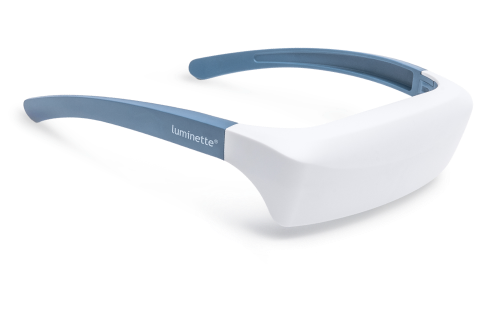


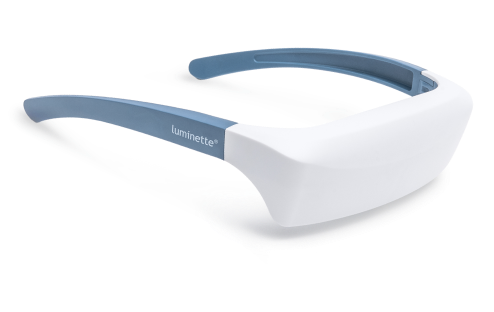





















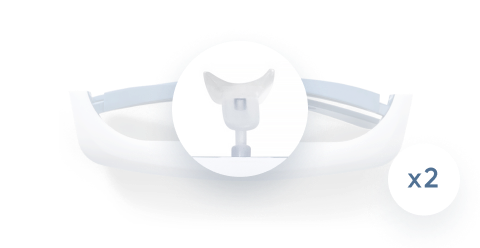
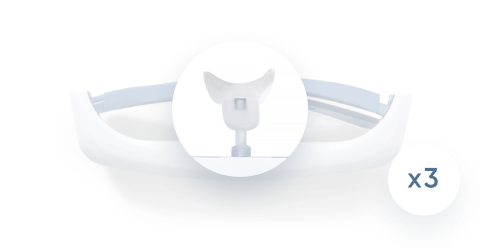
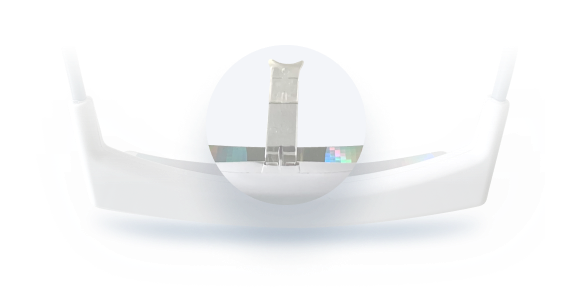




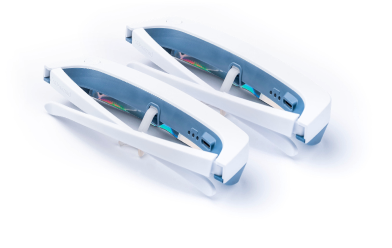
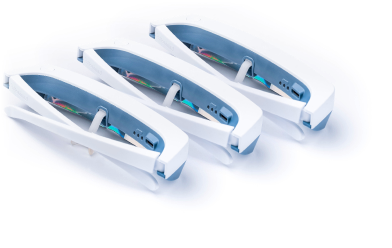





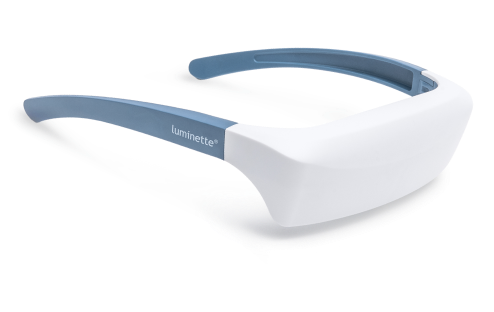
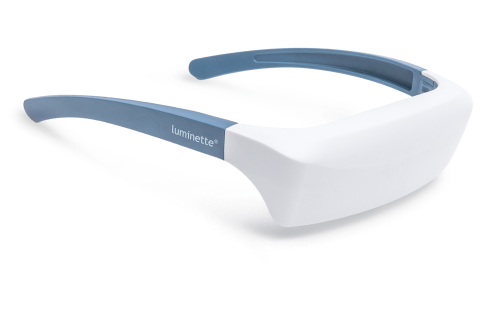
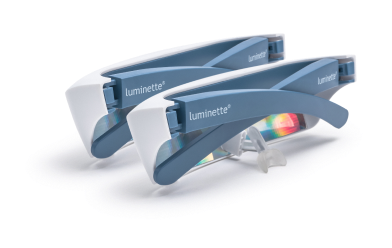








 Please note
Please note




